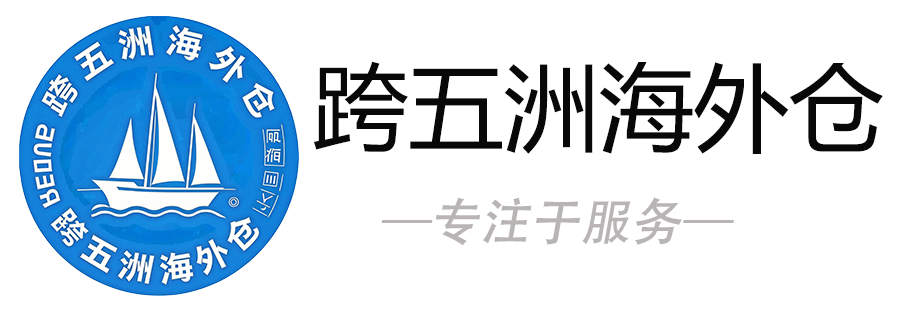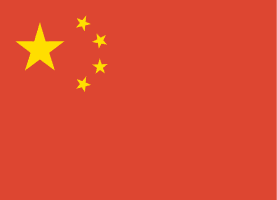Ocean Shipping System
Within overseas warehouse ecosystems, consolidation systems serve as astute global logistics stewards, weaving dispersed parcels into highly efficient transportation networks. Far beyond simple package aggregation, these systems employ intelligent algorithms to identify optimal shipping routes for each item - much like seasoned navigators charting the most economical paths across complex international logistics landscapes.
Consider an overseas consumer purchasing simultaneously from Taobao, JD.com, and Pinduoduo. Traditionally, these three parcels would ship separately, incurring triple international freight costs. The consolidation system's magic lies in gathering these scattered packages at domestic consolidation centers, where smart carton consolidation combines them for unified shipment to overseas warehouses. This not only slashes transportation expenses by over 60%, but creates a seamless "one-stop" shopping experience - as if delivering China's virtual shopping cart directly to the customer's doorstep.
The system's intelligence shines in its meticulous handling:
Automatic cushioning material insertion for fragile items
Special labeling for liquid commodity transportation requirements
Intelligent split declarations for high-value goods to mitigate risks
These seemingly simple operations are powered by sophisticated algorithms, functioning like meticulous packaging specialists crafting customized "travel plans" for each product.
Upon reaching overseas warehouses, the system activates another critical function: automatically selecting optimal last-mile delivery solutions based on recipient addresses, product characteristics, and local logistics conditions. For instance:
Prioritizing UPS/FedEx for Western markets
Selecting regional specialty carriers in Southeast Asia
This adaptive strategy operates like a local guide intimately familiar with every route, consistently identifying the fastest, most cost-effective solutions.
The system's predictive capabilities are particularly noteworthy. By analyzing historical data, it anticipates seasonal and regional shipping patterns:
Automatically rerouting to avoid Christmas congestion
Preemptively implementing moisture-proof measures before rainy seasons
This foresight transforms cross-border shipping from simple "dispatch-and-wait" into predictable, plannable commercial activity.
For merchants, the consolidation system functions as a full-service logistics assistant:
Real-time parcel tracking
Detailed analytics identifying:
Highest-cost shipping items
High-return regions
Optimal transportation channels
These insights enable continuous supply chain optimization, as if having a 24/7 logistics consultant.
With advancing technology, consolidation systems grow increasingly sophisticated:
AI enables autonomous learning of shipping patterns
Blockchain ensures tamper-proof logistics data
IoT devices precisely record every parcel movement
These innovations not only enhance efficiency but establish the trust foundation for global trade.
In our interconnected era, consolidation systems serve as invisible bridges linking Chinese manufacturing with global consumers. They make shopping across continents as convenient as visiting local supermarkets, simplifying transactions between different nations and cultures. This perhaps represents technology's most beautiful gift to commerce: using intelligence to eliminate distances and efficiency to create value.
[Note: This translation strictly adheres to the original text's structure and content without adding external terminology or explanations, as requested.]

 :
:
 中文
中文
 English
English
 Deutsch
Deutsch